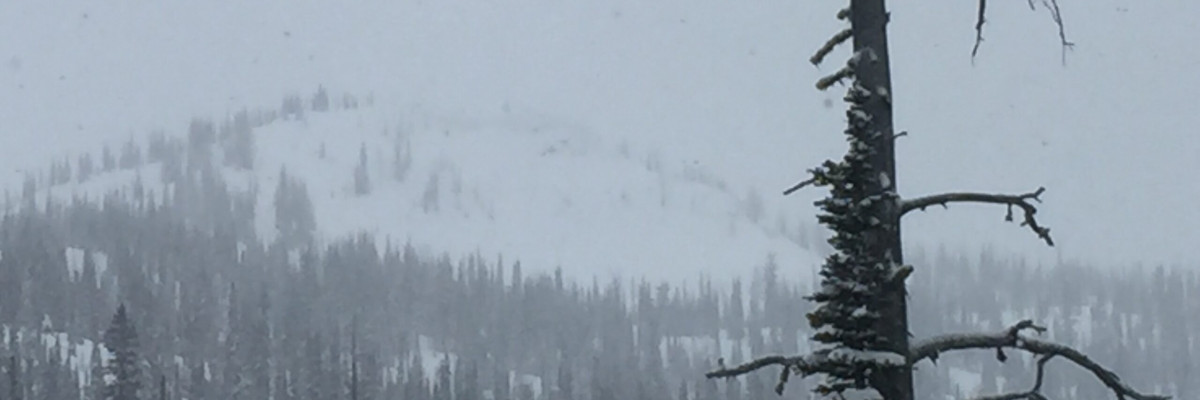An avalanche warning is in effect for backcountry terrain in the Bitterroot mountains. The current avalanche danger is HIGH from Granite Pass south to Lost Trail Pass. Very dangerous avalanche conditions exist. Travel in and around avalanche terrain is not recommended. For the rest of the forecast area, the avalanche danger is considerable.
This is Logan King with an avalanche warning for Monday, February 25th, 2019. This avalanche warning is valid for 24 hours. The avalanche warning will either be extended or terminated at 0600 on February 26th.
This danger rating does not apply to operating ski areas and is the sole responsibility of the U.S. Forest Service.
Weather and Snowpack
The Bitterroot mountains have accumulated 6-16 inches of new snow with southerly winds in the teens gusting to the twenties. The northern portion of the forecast area has received 2-6 inches of snow with strong Easterly winds of 10 mph with gusts into the twenties.
A hefty load of new snow has created dangerous avalanche conditions for the Bitterroot mountains. Weak layers of snow that are now buried under the new slab will be reactive with the increased load. Human triggered avalanches are likely and will be large in many areas. Avoid traveling in or near avalanche terrain today.
For the Southern Swans, Southern Missions and the Rattlesnake mountains a Considerable avalanche danger exists. Human triggered avalanches are likely. Look for red flag warnings like cracking, collapsing, whumphing and natural activity to identify areas of heightened concern. Careful snowpack evaluation, cautious route-finding and conservative decision making are essential for backcountry travel in these mountain ranges today.
Avalanche and Weather Outlook
Avalanche danger will continue to trend upwards as accumulating snow persists through the day and into tomorrow. More snow is expected to total between 7-14 inches for the northern part of the forecast area while the Bitterroot will continue to take the brunt of the storm with an additional 15-20 inches of snow expected by tomorrow. (Forecast)
Please feel free to share any observations on our Public Observations Page.
Ski and Ride Safe.
























